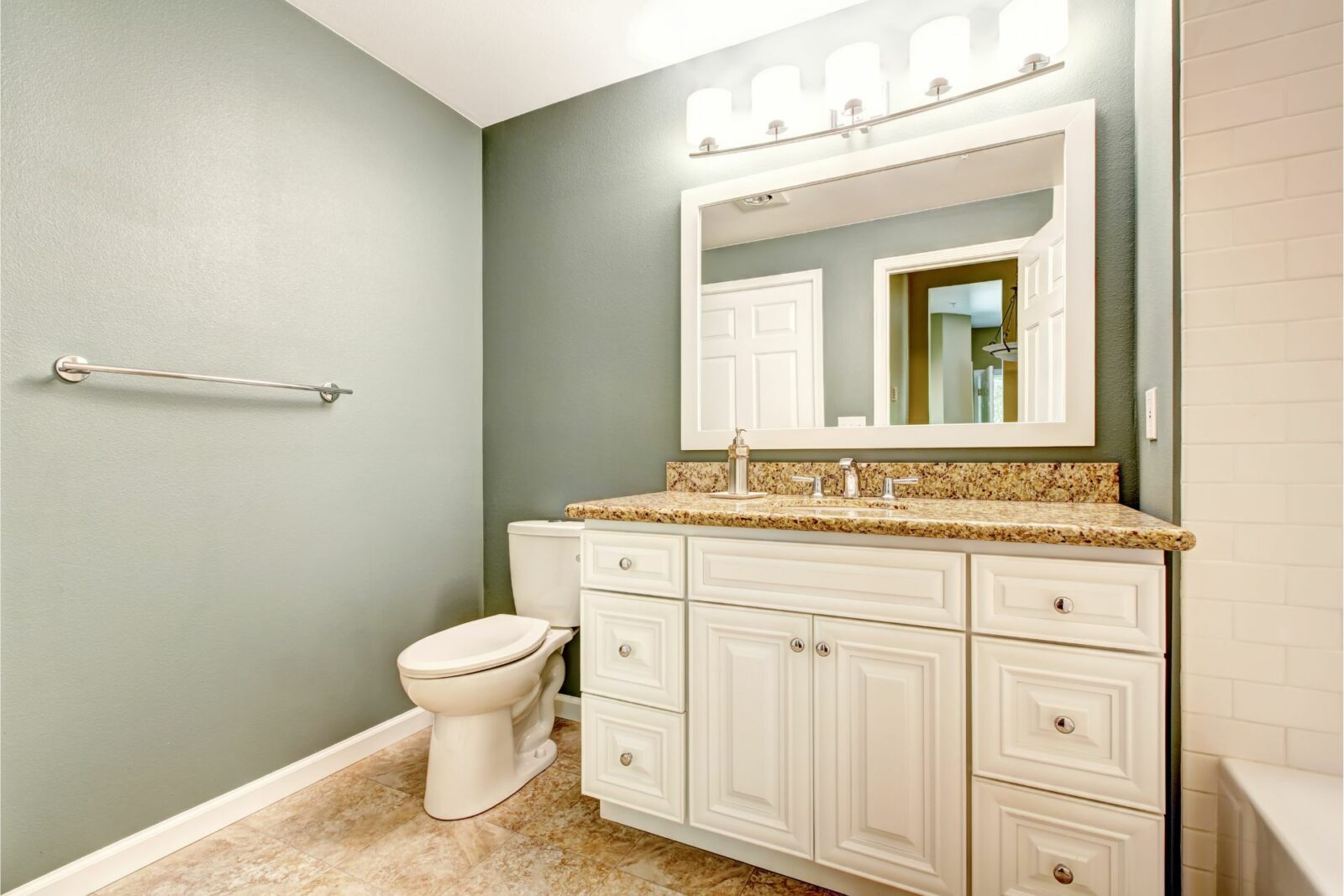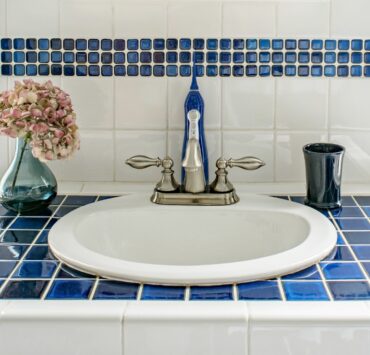Replacing a bathroom vanity can be a great way to update your bathroom and improve its functionality. In this blog, we will guide you through the steps to replace a bathroom vanity.
Materials Needed to Replace Bathroom Vanity
- New bathroom vanity
- Silicone caulk
- Measuring tape
- Level
- Screwdriver
- Adjustable wrench
- Pliers
- Shims
- Drill
- Screws
- Anchors
Step-By-Step Guide
Step 1: Remove the Old Vanity
The first step in replacing a bathroom vanity is to remove the old one. Turn off the water supply to the bathroom and disconnect the plumbing from the old vanity. Use a screwdriver to remove the screws that secure the vanity to the wall. Carefully remove the vanity and any attached fixtures.
Step 2: Prepare the Area
Once the old vanity has been removed, prepare the area where the new vanity will be installed. Use a measuring tape and level to ensure that the space is level and the new vanity will fit properly. Make any necessary repairs or adjustments to the wall or plumbing.
Step 3: Install the New Vanity
Install the new vanity by placing it into position against the wall. Use shims to level the vanity if needed. Attach the vanity to the wall using screws and anchors, making sure it is securely fastened. Use a level to ensure that the vanity is level from side to side and front to back.
Step 4: Connect the Plumbing
Connect the water supply lines to the faucet and the drain to the P-trap. Tighten all connections using an adjustable wrench and pliers. Turn on the water supply and check for leaks.
Step 5: Finish Up
Once you have confirmed that there are no leaks, install the vanity drawer pulls or knobs, and adjust the doors and drawers as needed. Apply a bead of silicone caulk around the perimeter of the vanity top to seal it to the wall.
In conclusion, replacing a bathroom vanity is not a difficult process, but it does require some basic plumbing and carpentry skills. By following these steps, you can replace a bathroom vanity in your home and enjoy the benefits of an updated and more functional bathroom. Remember to measure carefully, use shims to ensure a level installation, and tighten all plumbing connections to prevent leaks.








